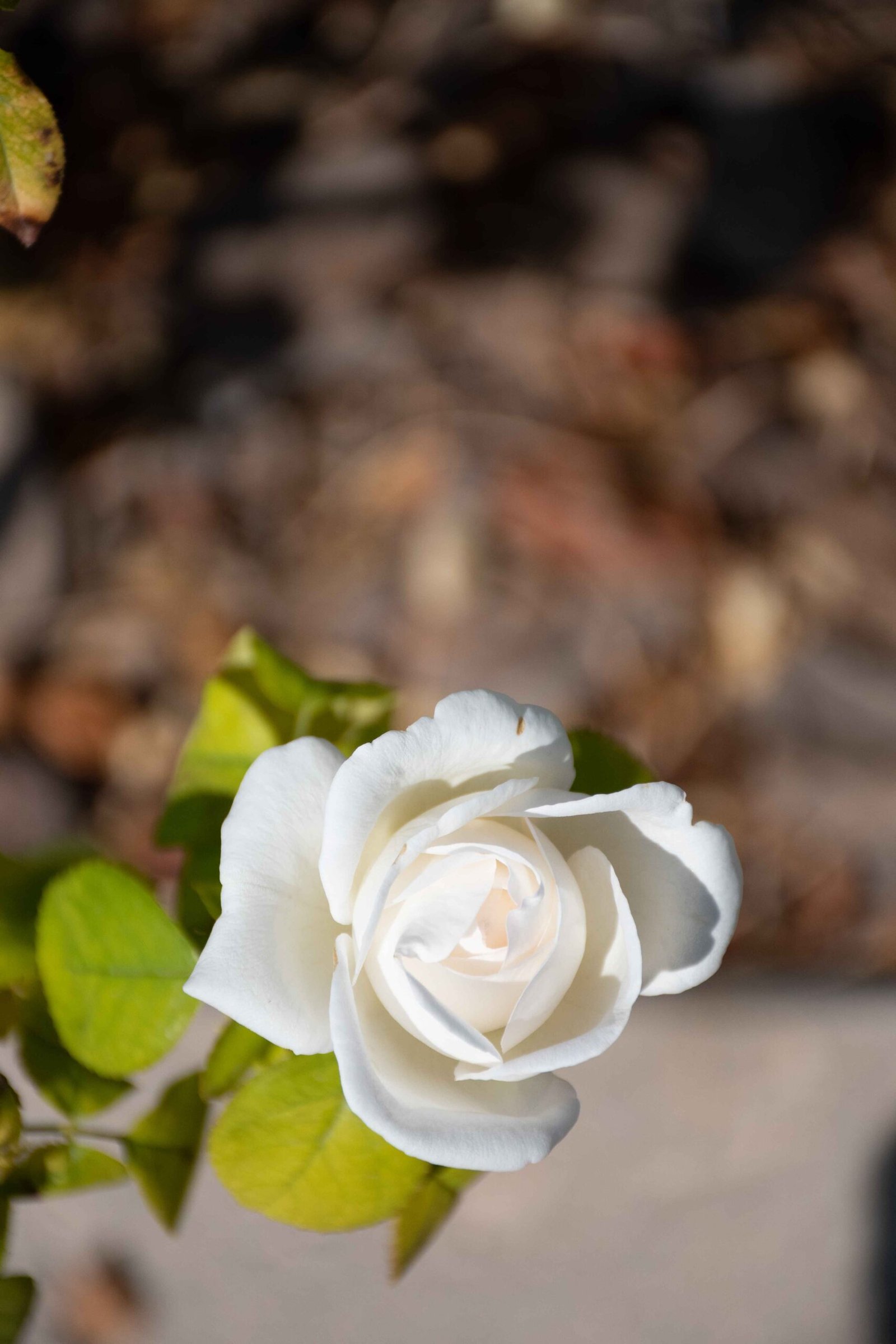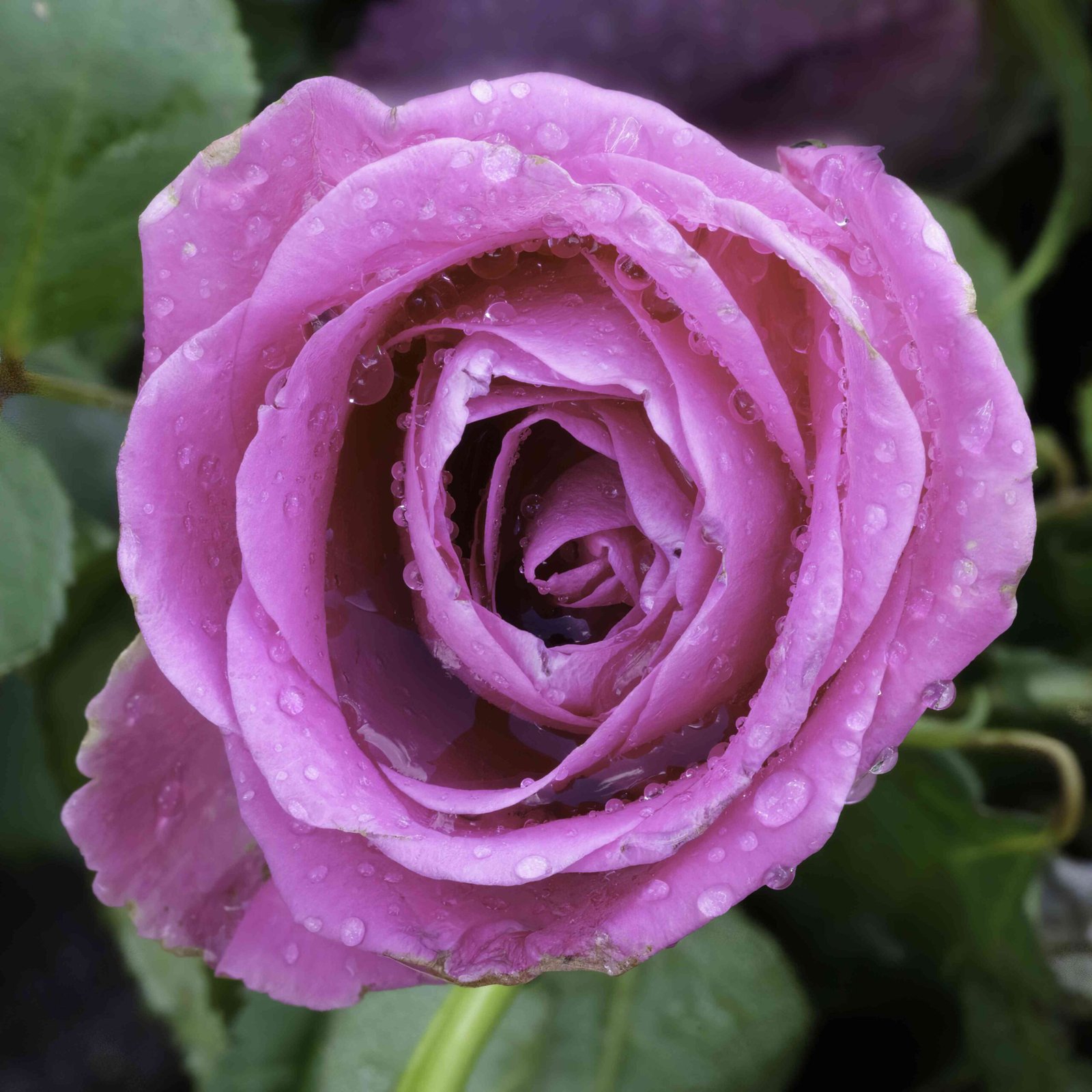What Soil Requirements, pH Levels, and Nutrient Needs Do Rose Bushes Have?

Rose bushes thrive in slightly acidic to neutral soil with a pH range of 6.0 to 7.0, with 6.5 being the optimal level. They prefer a loamy soil that drains well but retains moisture, with a mix of one-third clay, one-third coarse sand, and one-third decomposed organic matter being ideal.
Roses benefit from organic amendments such as alfalfa meal, kelp meal, and compost. Alfalfa meal provides nitrogen, phosphorus, and potassium, while kelp meal is a slow-release source of potassium and other trace minerals. Compost enhances microorganism activity and overall soil quality. For poor soils, you can add about 1/2 to 1 cup of phosphorus (such as bone meal) per bush. Kelp or soy meal can be added for extra nitrogen if necessary, and Epsom salts can be used to add sulfur and magnesium.
How Should I Water Rose Bushes?

Roses need soil that drains well but holds moisture long enough for the roots to absorb it. Avoid soggy or consistently dry soil, and aim for a nice, pliable, moist feel. In hot and dry climates, roses may need more frequent watering, while in areas with dense clay soil, you’ll need to ensure the soil is not waterlogged. In sandy soils, make sure the soil retains enough moisture.
Young rose bushes may require more frequent watering as they establish their root systems, while mature bushes can tolerate some drought but still need regular watering.
What Pruning Techniques, Timing, and Tools Should I Use for Rose Bushes?
Pruning is typically done right before springtime, just after the last frost, and sometimes in the fall for certain types of roses. Use sharp, clean pruning tools to prevent spreading diseases. Remove dead, diseased, or damaged branches, and cut back canes to about one-third to one-half of their height to promote new growth and flowering. Make cuts just above a bud eye, sloping the cut away from the bud to prevent water from collecting.
Use high-quality pruning shears, loppers, and a pruning saw for thicker branches, and wear gloves to protect against thorns.
What Common Pests and Diseases Affect Rose Bushes, and How Can I Prevent and Treat Them?
Common pests include aphids, whiteflies, and spider mites. Prevention includes maintaining healthy soil, using organic mulch, and ensuring good air circulation. Treatment can involve insecticidal soap or neem oil.
Common diseases include black spot, powdery mildew, and rust. Prevention includes removing infected leaves, improving air circulation, and avoiding overhead watering. Treatment can involve fungicides specifically designed for roses.
To prevent and treat pests and diseases, maintain a balanced soil pH, use organic mulch to retain moisture and suppress weeds, and ensure good air circulation around the plants. Regularly inspect the plants for signs of problems and address them promptly with the appropriate treatment methods.
Reference:
1. Rose Soil Preparation: Tips For Building Rose Garden Soil – Gardening Know How
2. Balancing Soil pH for Growing Roses – Santa Clarita Valley Rose Society
3. Preparing Garden Soil for Growing Roses – The Spruce
